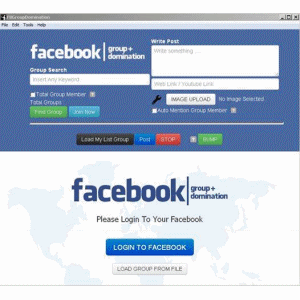Webmaster level: All
Every day more and more smartphones get activated and more websites are producing smartphone-optimized content. Since we last talked about how to build mobile-friendly websites, we’ve been working hard on improving Google’s support for smartphone-optimized content. As part of this effort, we launched Googlebot-Mobile for smartphones back in December 2011, which is specifically tasked with identifying such content.
Today we’d like to give you Google’s recommendations for building smartphone-optimized websites and explain how to do so in a way that gives both your desktop- and smartphone-optimized sites the best chance of performing well in Google’s search results.
When building a website that targets smartphones, Google supports three different configurations:
Using responsive web design has multiple advantages, including:
If your website uses a dynamic serving configuration, we strongly recommend using the Vary HTTP header to communicate to caching servers and our algorithms that the content may change for different user agents requesting the page. We also use this as a crawling signal for Googlebot-Mobile. More details are here.
As for the separate mobile site configuration, since there are many ways to do this, our recommendation introduces annotations that communicate to our algorithms that your desktop and mobile pages are equivalent in purpose; that is, the new annotations describe the relationship between the desktop and mobile content as alternatives of each other and should be treated as a single entity with each alternative targeting a specific class of device.
These annotations will help us discover your smartphone-optimized content and help our algorithms understand the structure of your content, giving it the best chance of performing well in our search results.
Every day more and more smartphones get activated and more websites are producing smartphone-optimized content. Since we last talked about how to build mobile-friendly websites, we’ve been working hard on improving Google’s support for smartphone-optimized content. As part of this effort, we launched Googlebot-Mobile for smartphones back in December 2011, which is specifically tasked with identifying such content.
Today we’d like to give you Google’s recommendations for building smartphone-optimized websites and explain how to do so in a way that gives both your desktop- and smartphone-optimized sites the best chance of performing well in Google’s search results.
Recommendations for smartphone-optimized sites
The full details of our recommendation can be found in our new help site, which we now summarize.When building a website that targets smartphones, Google supports three different configurations:
- Sites that use responsive web design, i.e. sites that serve all devices on the same set of URLs, with each URL serving the same HTML to all devices and using just CSS to change how the page is rendered on the device. This is Google’s recommended configuration.
- Sites that dynamically serve all devices on the same set of URLs, but each URL serves different HTML (and CSS) depending on whether the user agent is a desktop or a mobile device.
- Sites that have a separate mobile and desktop sites.
Responsive web design
Responsive web design is a technique to build web pages that alter how they look using CSS3 media queries. That is, there is one HTML code for the page regardless of the device accessing it, but its presentation changes using CSS media queries to specify which CSS rules apply for the browser displaying the page. You can learn more about responsive web design from this blog post by Google's webmasters and in our recommendations.Using responsive web design has multiple advantages, including:
- It keeps your desktop and mobile content on a single URL, which is easier for your users to interact with, share, and link to and for Google’s algorithms to assign the indexing properties to your content.
- Google can discover your content more efficiently as we wouldn't need to crawl a page with the different Googlebot user agents to retrieve and index all the content.
Device-specific HTML
However, we appreciate that for many situations it may not be possible or appropriate to use responsive web design. That’s why we support having websites serve equivalent content using different, device-specific, HTML. The device-specific HTML can be served on the same URL (a configuration called dynamic serving) or different URLs (such as www.example.com and m.example.com).If your website uses a dynamic serving configuration, we strongly recommend using the Vary HTTP header to communicate to caching servers and our algorithms that the content may change for different user agents requesting the page. We also use this as a crawling signal for Googlebot-Mobile. More details are here.
As for the separate mobile site configuration, since there are many ways to do this, our recommendation introduces annotations that communicate to our algorithms that your desktop and mobile pages are equivalent in purpose; that is, the new annotations describe the relationship between the desktop and mobile content as alternatives of each other and should be treated as a single entity with each alternative targeting a specific class of device.
These annotations will help us discover your smartphone-optimized content and help our algorithms understand the structure of your content, giving it the best chance of performing well in our search results.

